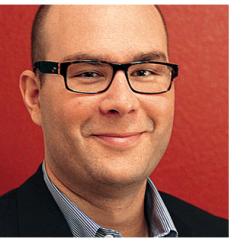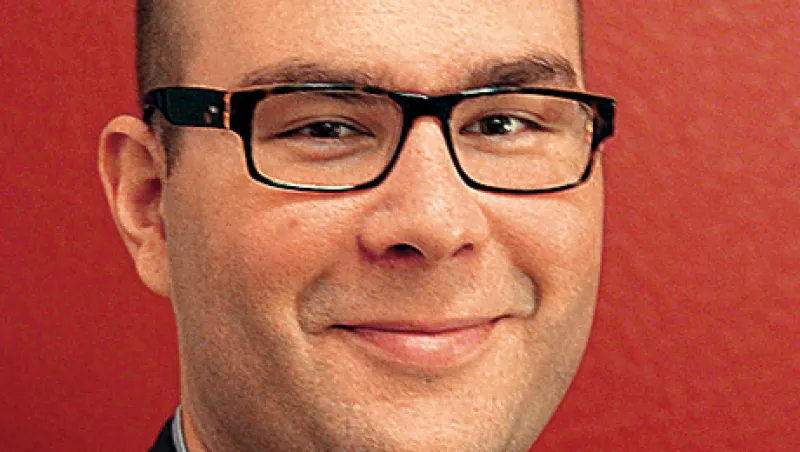At its February meeting the board and the six-person investment committee of the Employees Retirement System of Texas made a big decision. They voted to integrate hedge funds across the system’s $24.9 billion portfolio — using them within certain asset classes, like equities and fixed income — instead of simply lumping these investments into a separate allocation.
The Austin, Texas–based retirement fund joins a growing number of U.S. pension funds that are taking a more open approach to hedge fund investing, among them the Teacher Retirement System of Texas and the Virginia Retirement System. The practice is already quite common among foundations and endowments, including such respected university endowments as those of the University of Virginia and the University of Texas at Austin. At University of Texas Investment Management Co., CIO Bruce Zimmerman views asset allocation as a matrix, with the market along one axis and investment funds and their liquidity profiles along the other. For example, U.S. equities could include a long-short equity hedge fund, a long-only manager, an activist equity manager and private equity.
Increasingly, investment consultants are encouraging institutional investors to consider putting hedge funds outside the alternatives bucket, especially when it comes to equities. In 2011, Norwalk, Connecticut–based consulting firm Rocaton Investment Advisors published a white paper suggesting that allocating to long-short equity hedge funds as part of an overall equity strategy could improve risk-adjusted returns.

By last August, Texas Employees had received approval to invest with six hedge fund managers and hoped to make eight to ten new commitments. The strategy has been a success: For the first nine months of the fiscal year, through March, the hedge fund portfolio returned 5.73 percent, compared with 2.54 percent for its benchmark. That performance helped give the board confidence to allow hedge fund investing with the fund’s fixed-income and equity allocations. Lee and his team are now working with the heads of fixed income and equities to find the right hedge fund managers for those asset classes.
With institutional investors coming to regard hedge funds as part of their traditional portfolios, some strategies that aren’t always so popular or might raise questions in an absolute-return mandate can find better homes. Take equity-oriented activist managers, which often don’t hedge or are not well hedged against the stock market; they deliver value by forcing changes in governance or strategy at portfolio companies. Their investment style makes more sense as part of an allocation that’s expected to rise and fall with the market.
“Activism is traditionally a long-only, low-leverage type of equity-centric investing that does not really fall into the absolute-return bucket,” explains Texas Employees’ Lee. However, activist managers mesh well with public equity portfolios, in which they provide a different return stream than typical active equity funds.
Texas Employees will keep an absolute-return allocation for relative-value, event-driven and other hedge fund strategies that don’t fit into the more traditional asset-class boxes. Right now Lee sees plenty of opportunity for event-driven funds. He finds merger arbitrage particularly compelling because he thinks the markets are at the start of a big M&A cycle.
Although many institutions have long embraced hedge fund investing, some pension funds — especially public ones — remain skeptical. Those investors worry about the risks and high fees associated with hedge funds, as well as the extra effort required to monitor managers who have more investment leeway than their traditional long-only counterparts. Also, many public pension funds must comply with investment restrictions that only local lawmakers can lift.
But a program like Texas Employees’ could make a difference. If this relative newcomer to hedge funds can outperform over the long term by using hedge funds in traditional asset classes, other public pension funds may reconsider their stance. In turn, external managers would have a much larger pool of capital to bid on than the standard 5 to 15 percent hedge fund allocation. Alternatives, meet the mainstream.






